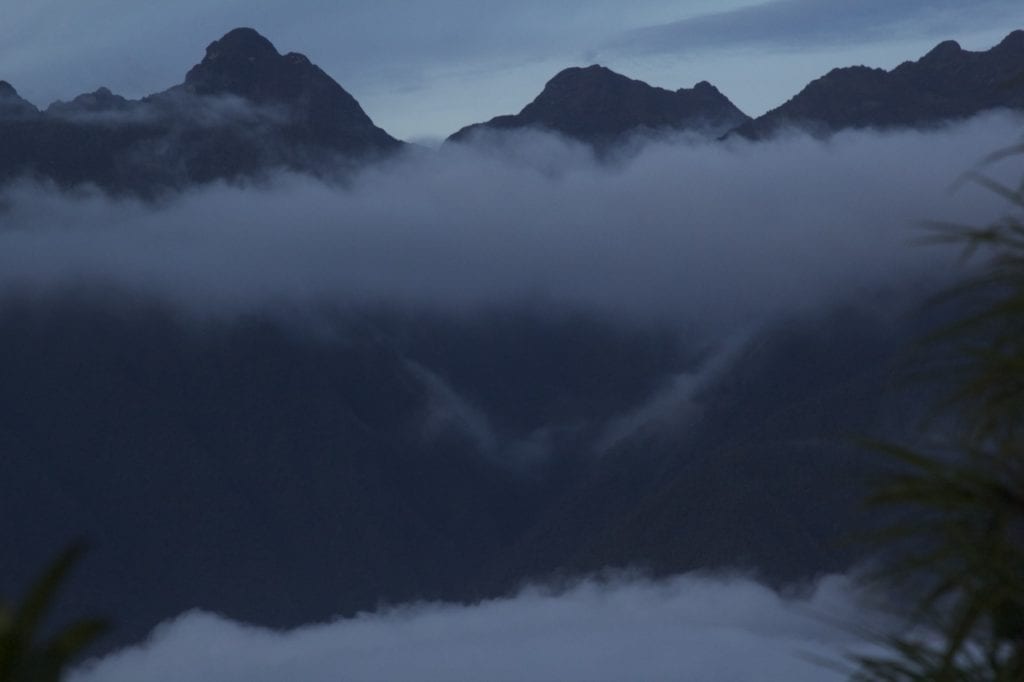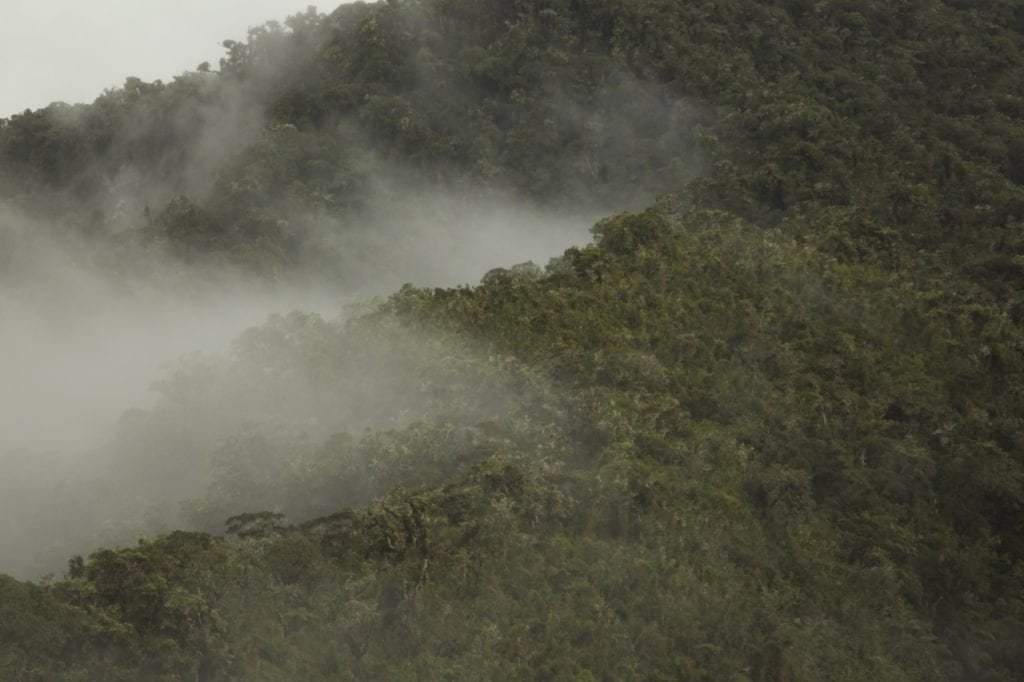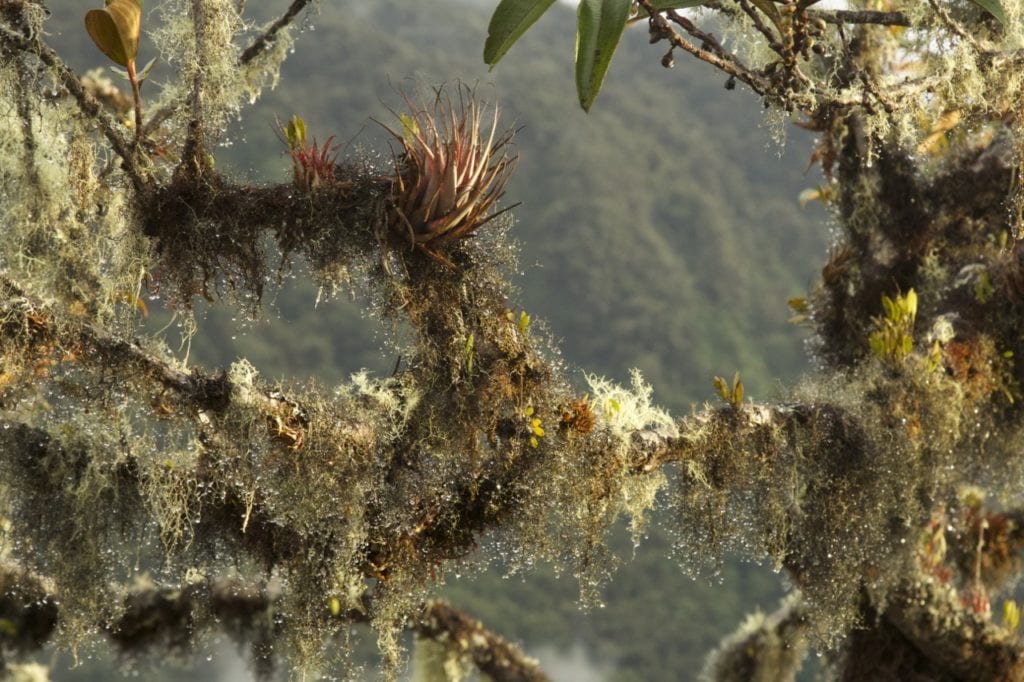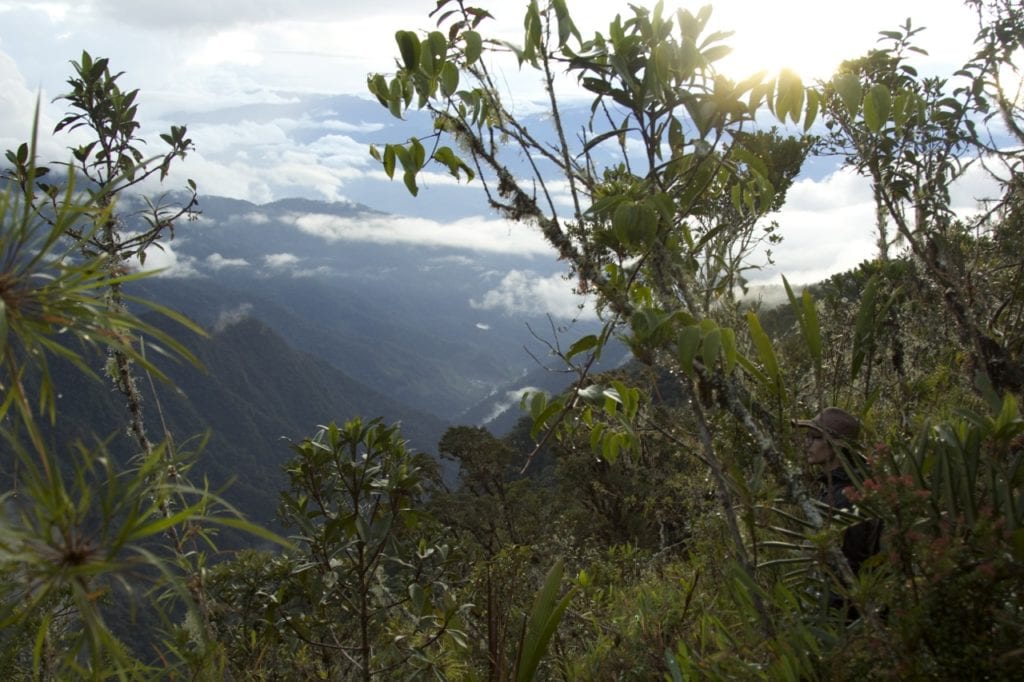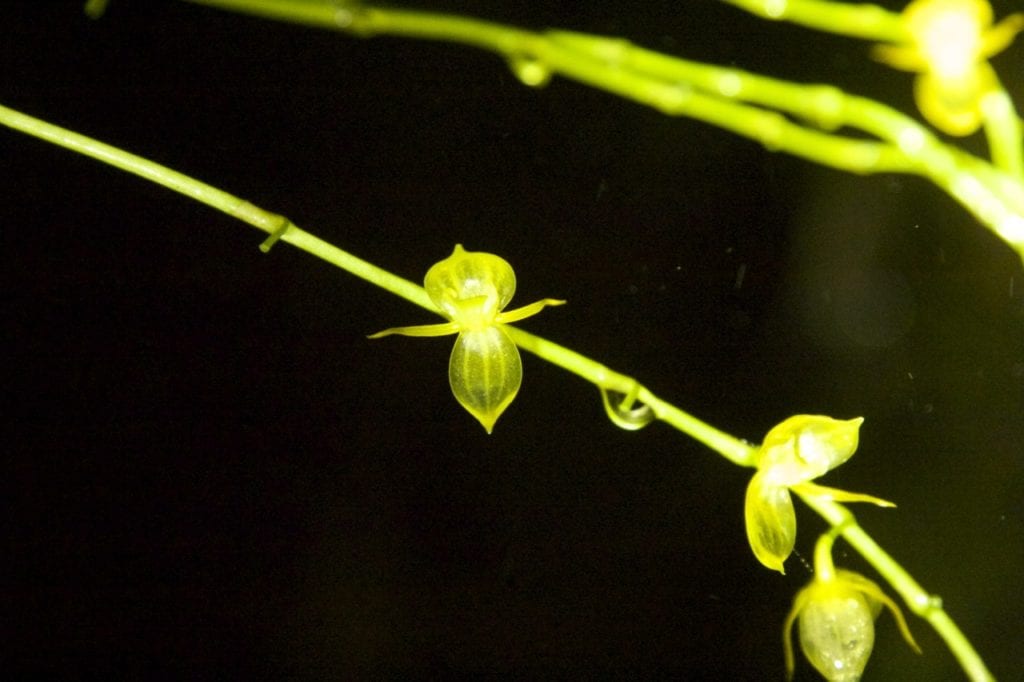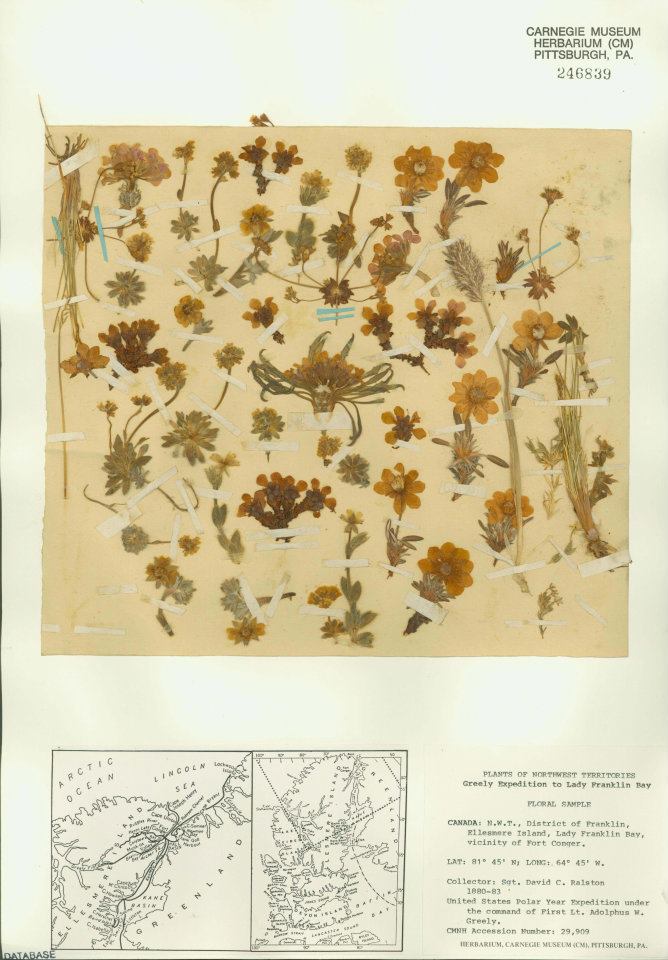
From our botany collection: “Plants of the Northwest territories” that were collected on an expedition in the 1880s
Carnegie Museum of Natural History
One of the Four Carnegie Museums of Pittsburgh
These blogs are written about and by our Section of Botany researchers. The herbarium at the museum which contains approximately 3,000 type specimens--specimens that define an entire plants' species. These type specimens only represent about 0.6 % of the collection.
Mason Heberling, head of the section, regularly shares herbarium specimens that have been "Collected on this day" in history.
by wpengine

From our botany collection: “Plants of the Northwest territories” that were collected on an expedition in the 1880s
by wpengine
February 23, 2016
We are back in the town of Pichari. During the last week we opened a track along a zigzagging ridge and reached 2850 m. We moved from Camp 2 to Camp 4, stopping for a couple of nights at the small and muddy Camp 3. We spent our last days surveying a hyper-humid forest above 2500 m, before starting our descent on the morning of Feb 19th. We reached Pichari last Saturday, February 20th, at night. We were exhausted, but very happy for what we had accomplished.
During three weeks we have surveyed in detail all forested environments of the area: humid montane forests, cloud and elfin forests, and the bushy vegetation that grows on the upper part of upper ridges–known as “ceja de montaña” (mountain eyebrow). We have found many new and known species of amphibians and reptiles unique to each of these environments and made observations on their natural history. We also photographed and recorded them–for most species this is the first time they have been observed, photographed, or recorded in video or audio.
But the expedition is not over yet. Today we got into a ‘Mil M-17’ helicopter and flew from Pichari toward a point at 3800 m on the central and highest part of Vilcabamba, within Otishi National Park. Unfortunately, dense clouds prevented us from landing at our destination. Strong winds, heavy clouds, and electric storms are almost a constant on the upper part of Vilcabamba–During the three weeks we’ve been living on a ridge that leads to the upper part of Vilcabamba, only one evening was the sky open enough for us to have a clear view of the highest part of Vilcabamba.
In a few hours, at dawn, we will be at the headquarters of VRAEM’s Special Commando, waiting for our friendly military crew and for the right climatic conditions for us to fly again. A clear or even a partly clear sky is all we hope for as we are ready to go to bed after preparing our equipment.
I would like to take the opportunity to express our most sincere thanks to the authorities of the Peruvian organizations CODEVRAEM and SERNANP for supporting the Discoverers Expedition to Vilcabamba, and to the personnel of CEVRAEM military base for providing a crew, flying time, and an helicopter.
The Ridge
For three weeks, the team has been opening a track along a ridge from 1,200 (4,000 ft.) m elevation to 2,850 m (9,300 ft.), and surveying all the forested environments found along this altitudinal gradient.

